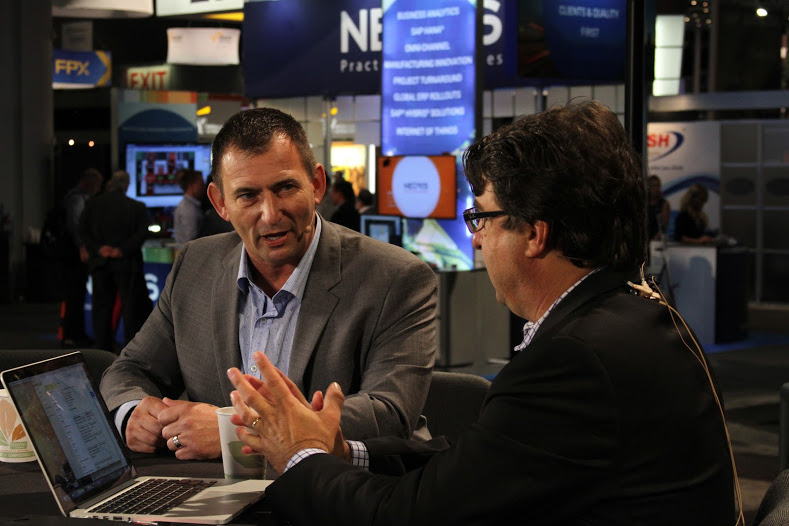 NEWS
NEWS
 NEWS
NEWS
 NEWS
NEWS
Using the productive force of SAP HANA Tailored Datacenter Integration (TDI), HANA customers are able to leverage existing hardware and infrastructure components for their HANA environments, making their systems more flexible so they get the most out of their technology deployments.
“TDI is production. It’s not rocket science,” said Christoph Steubert, global principal, SAP strategist at EMC, during an interview with John Furrier (@furrier), cohost of theCUBE, from the SiliconANGLE Media team, at SAP Sapphire 2016 at the Orange County Convention Center in Orlando, Florida. “HANA is everywhere, and it’s definitely the future for SAP,” he added.
Agreeing that integration is the new “table stakes,” Steubert and Furrier discussed the evolution of HANA and the industry.
At the start of a project, the future tech requirements are unclear, said Steubert, but as the project evolves, these requirements become clearer and more specific. Starting with converged infrastructure on HANA SAP TDI provides the flexibility that a company requires, allowing projects to evolve without the restraints of large upfront investment.
The job of today’ CIO is extremely difficult, said Steubert, who sees CIOs playing the role of “business process broker” and helping the business to be more agile. TDI makes on-prem deployment more agile and predictable, he added.
With nearly 100 TDI implementations completed, the HANA SAP team “have it down” and can do a build in an afternoon, Steubert told Furrier.
Watch the full video interview below, and be sure to check out more of SiliconANGLE and theCUBE’s coverage of SAP Sapphire 2016.
Support our mission to keep content open and free by engaging with theCUBE community. Join theCUBE’s Alumni Trust Network, where technology leaders connect, share intelligence and create opportunities.
Founded by tech visionaries John Furrier and Dave Vellante, SiliconANGLE Media has built a dynamic ecosystem of industry-leading digital media brands that reach 15+ million elite tech professionals. Our new proprietary theCUBE AI Video Cloud is breaking ground in audience interaction, leveraging theCUBEai.com neural network to help technology companies make data-driven decisions and stay at the forefront of industry conversations.